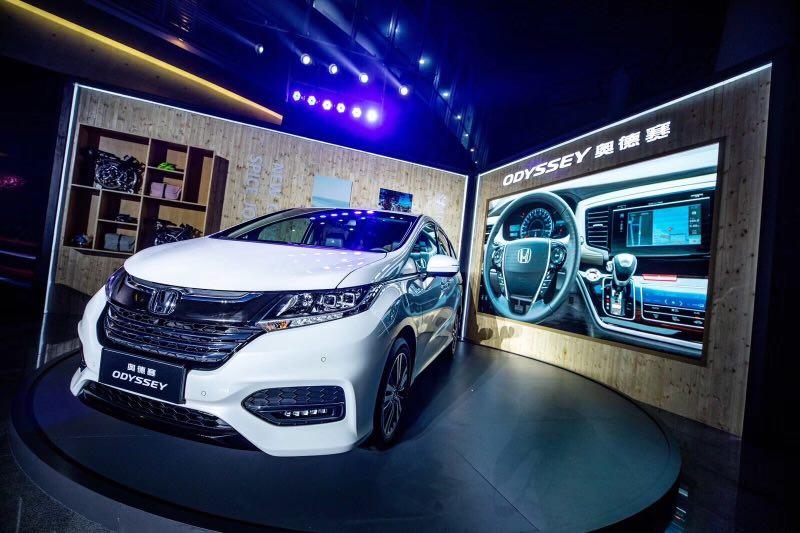Title: The Evolution of Automotive Brand Logos: A Comprehensive Guide
Introduction:
The automobile industry is one of the most dynamic and competitive sectors globally, with numerous brands vying for attention in a crowded marketplace. One of the key factors that sets these brands apart from each other is their logo designs. Over the years, automotive brand logos have undergone significant changes, reflecting the evolving tastes and preferences of consumers. In this article, we will take a closer look at the evolution of automotive brand logos, exploring their design elements, symbolism, and significance.
Design Elements:
The design of an automotive brand logo is a critical aspect of its branding strategy. It serves as a visual representation of the brand's identity, values, and personality. Over time, designers have experimented with various design elements to create logos that are both visually appealing and memorable. These elements include:

1、Typeface: The choice of typeface plays a crucial role in the effectiveness of a logo. Many brands opt for bold, modern fonts that evoke a sense of speed, power, and sophistication. Others prefer more traditional or classic typefaces that convey a sense of reliability and heritage.
2、Color: Color is another important design element in logo creation. Brands often use specific colors to convey specific emotions or associations. For example, red is often associated with energy, passion, and excitement; blue with trust, loyalty, and stability; and green with nature, health, and growth.
3、Symbolism: Many automotive brand logos incorporate symbolic imagery into their designs. These symbols can be abstract or literal, depending on the brand's goals and message. Common symbols include cars (to represent the brand's primary focus), wheels (symbolic of mobility and freedom), and arrows (representing progress and innovation).
4、Layout: The layout or composition of a logo can also impact its effectiveness. Simple, clean designs that are easy to recognize and remember are often preferred over complex or cluttered arrangements. Additionally, the balance and proportion of elements within a logo can affect its aesthetic appeal and overall impact.
Symbolism:
Beyond the functional aspects of design, automotive brand logos often incorporate symbolic imagery that reflects the brand's values, culture, and heritage. These symbols help to establish a deeper connection between consumers and the brand, creating a strong emotional bond that drives loyalty and advocacy. Some common symbolic images used in automotive logos include:
1、Cars: This iconic symbol has become synonymous with the automotive industry itself. Many brands choose to feature cars prominently in their logos as a way of highlighting their main focus and identity as a car manufacturer or seller.
2、Wheels: Wheels are another commonly used symbol in automotive logos. Not only do they represent the core functionality of cars (i.e., transportation), but they also symbolize freedom, mobility, and adventure.
3、Arrows: Arrows are often used to signify movement, progress, and innovation in automotive logos. They can represent the brand's commitment to staying ahead of the curve in terms of technology, design, and performance.

4、Nature-inspired elements: Many automotive brands have incorporated natural imagery into their logos, such as leaves, flowers, or mountains. This symbolism reflects the brand's desire to connect with consumers on an emotional level by emphasizing sustainability, health, and well-being.
Meaningful Messages:
In addition to their decorative value, automotive brand logos often convey meaningful messages that resonate with consumers. These messages can vary depending on the brand's target audience and marketing objectives, but they typically fall into one of three categories:
1、Functional benefits: Many automotive logos highlight the practical functions of cars, such as speed, safety, or fuel efficiency. By emphasizing these features in their logos, brands can position themselves as experts in their field and attract consumers who value these qualities in their vehicles.
2、Social values: Some automotive brands use their logos to promote social values or causes that they care about. For example, Tesla has adopted a minimalist logo that emphasizes sustainability and environmental responsibility, while BMW has created a logo that combines elements of German engineering excellence and luxury craftsmanship.
3、Brand personality: Finally, many automotive logos reflect the unique personality and character of the brand itself. By incorporating elements of humor, whimsy, or playfulness into their designs, brands can create a distinctive visual identity that sets them apart from competitors and captures the attention of consumers looking for something different.
Conclusion:
Automotive brand logos are more than just pretty pictures; they are powerful tools for shaping consumer perceptions and driving brand success. By carefully craftinglogos that are visually compelling, emotionally resonant, and meaningfully connected to the brand's values and mission
与本文知识相关的文章:



